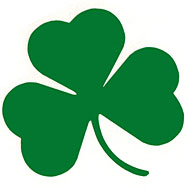Revolving
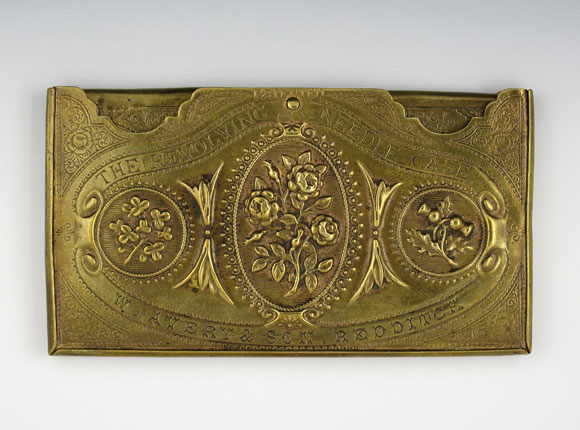
Needle Case
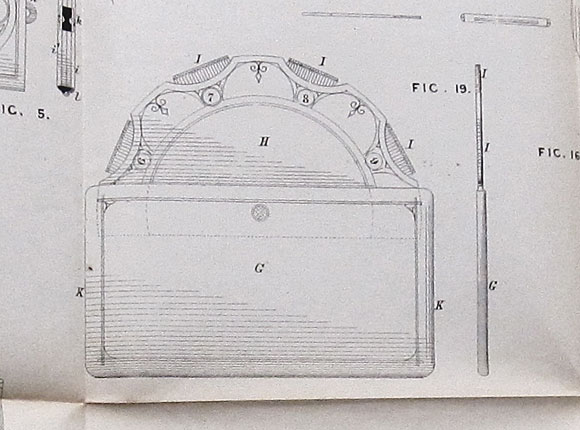
Patent
Design Details
Needle Case Type: |
Flat-Names |
Patent/Registered to: |
William Avery - Redditch Manufacturer |
Patent/Design Representation #: |
Mechanical Patent #: 1322 (Fig. 19) |
Patent/Design Registration Date: |
May 16, 1871 |
Location of Patent/Design Registration: |
British Library - Business and Intellectual Property Centre - London
|
Reference #: |
1871-1322 |
Dimensions: |
9 x 5 |
Material: |
Brass |
Name Variations: |
a) W. Avery & Son - Redditch
b) Charles Schleicher - Belle Vallee |
Other Variations: |
None |
Additional Photographs
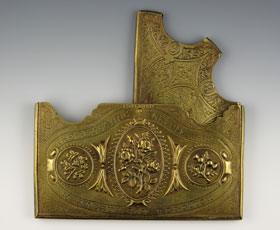
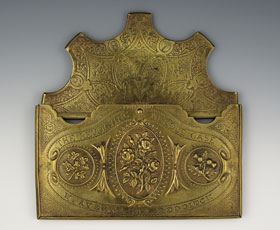
Front partially open and fully open
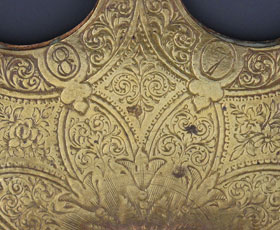
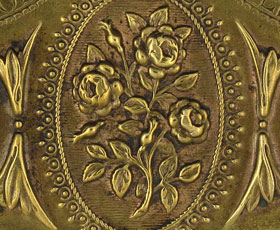
Revolving section detail and front rose detail
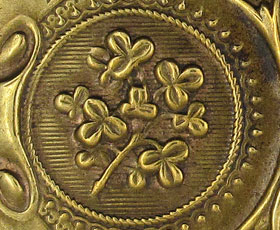
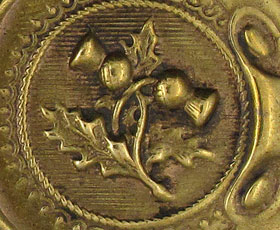
Front clover and thistle detail
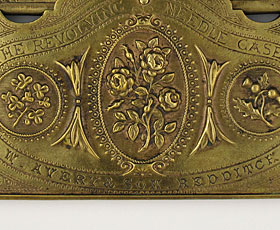
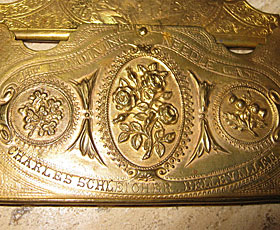
Avery and Schleicher signature detail (Schleicher photograph from eBay)
This needle case contains all of the symbols of the United Kindgom of Great Britain and Ireland as it was known during the Victorian Period.
English Rose
The Tutor Rose was introduced in 1495 at the end of the English civil war in which the heraldic symbols of the two major rivals were white
and reds roses. After the hostiles ended Henry VII combined the two into a single rose to use as the symbol of English unity. The
conflict later became known as the War of the Roses. Today the rose is the national flower of England.
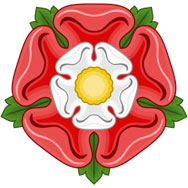
Scottish Thistle
The prickly-leaved purple thistle is the emblem of the Scottish nation. According to legend, a group of Scots warriors where sleeping when
an invading Norse army was preparing for a sneak attack. During the process, one of the Norseman accidently stepped on a thistle with his bare feet
and his cries awakened the Scots who were then able to defeat the invaders. Although there is no historical evidence to support this story,
many believe its origins can be traced to the Battle of Largs in 1263 during the Norwegian expedition against Scotland for control of the Northern
Islands and the Hebrides. It is highly likely that the thistle is associated with military action since it grows profusely throughout Scotland.
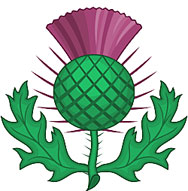
Irish Shamrock
The shamrock is a three-leafed clover usually associated with Ireland and that nation’s patron saint. In the 5th century St. Patrick
arrived in Ireland as a Catholic missionary and bishop, and folklore indicates he used the shamrock to explain the Christian Trinity. Over a
thousand years later, during the 18th century, the Irish militia began to use the shamrock as their emblem and they also adopted green uniforms and
green ribbons for their hats. By the time the Act of Union between Britain and Ireland was passed in 1801, the shamrock had become the symbol
of Ireland. It was incorporated into the Royal Coat of Arms of the United Kingdom with the rose and thistle to symbolize the unity of the
three kingdoms.
